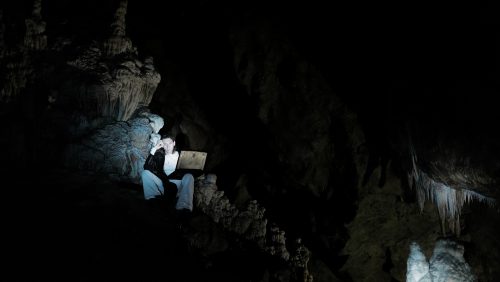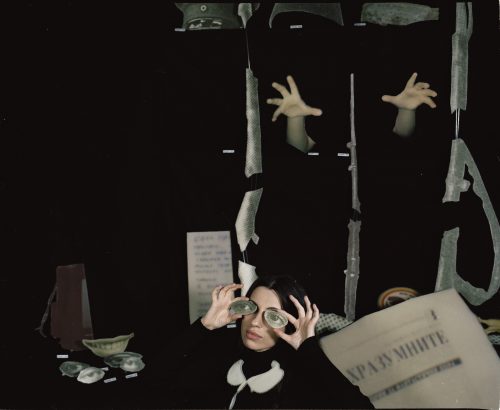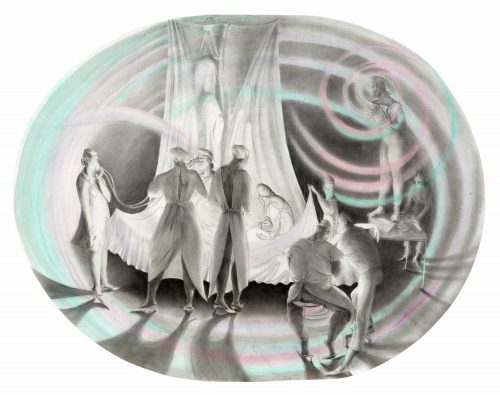
Filip Dvořák
The Ravine - The Room
Project Info
- 💙 Fait Gallery
- 💚 Michal Stolárik
- 🖤 Filip Dvořák
- 💜 Michal Stolárik
- 💛 Martin Polák
Share on
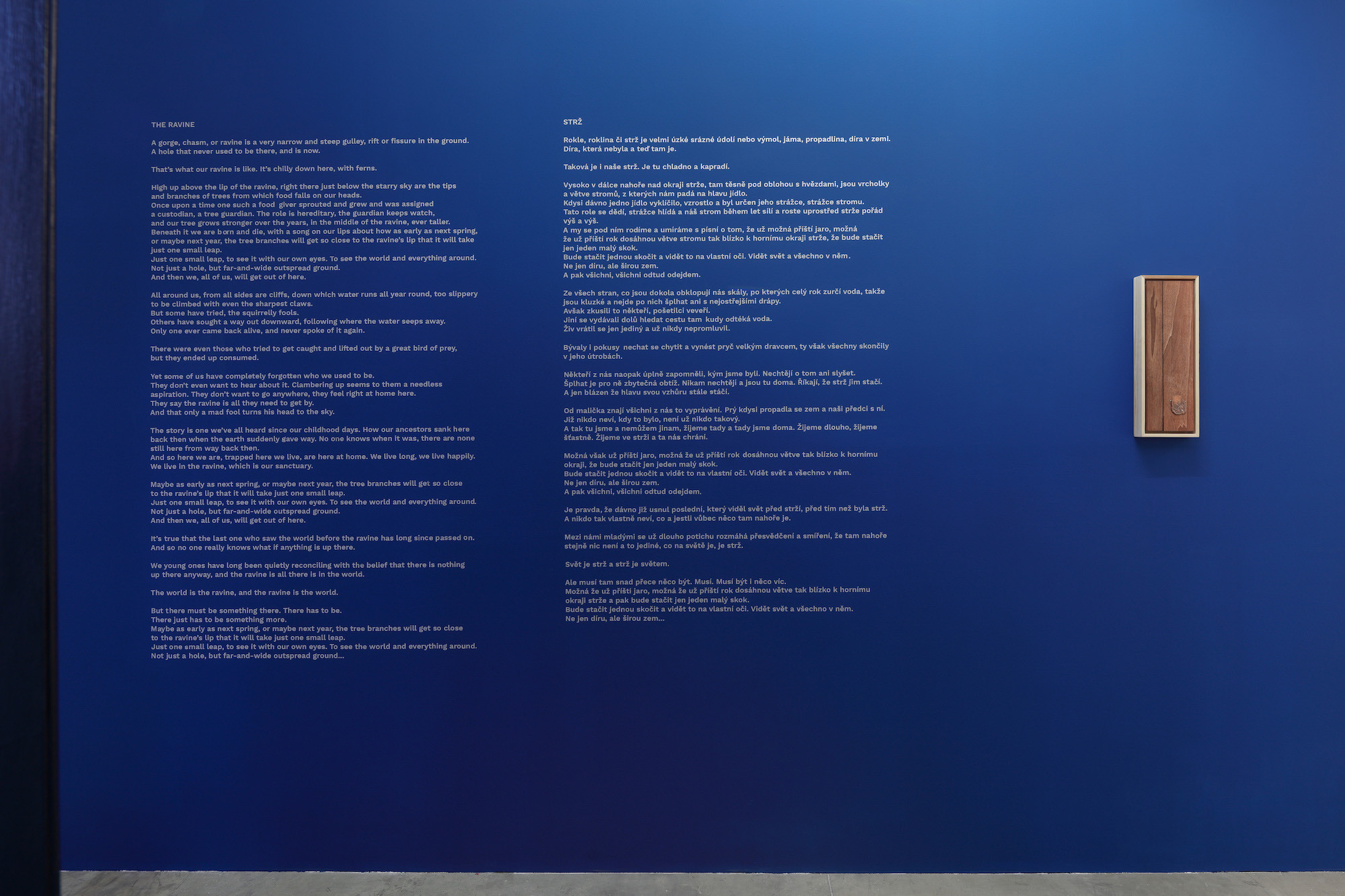
Exhibition View
Advertisement
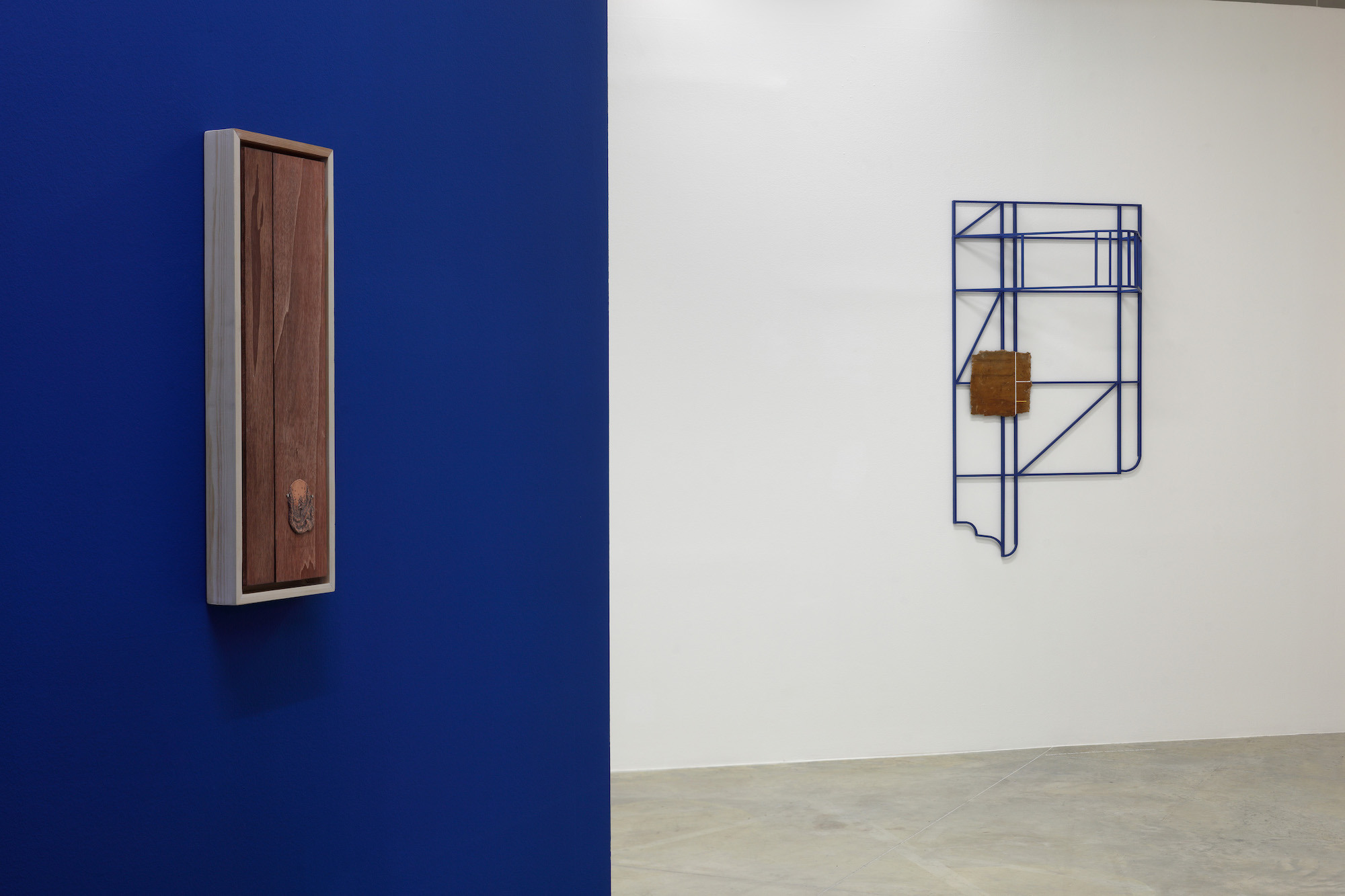
Exhibition View

Filip Dvořák, From the Back wall, From when He was Planning, 2023, mixed media, 90 x 155 x 47 cm

Exhibition View

Filip Dvořák, From Headmaster‘s House (Ravine Culture series), 2021, wood, copper various dimensions

Filip Dvořák, From Headmaster‘s House (Ravine Culture series), 2021, wood, copper various dimensions (detail)
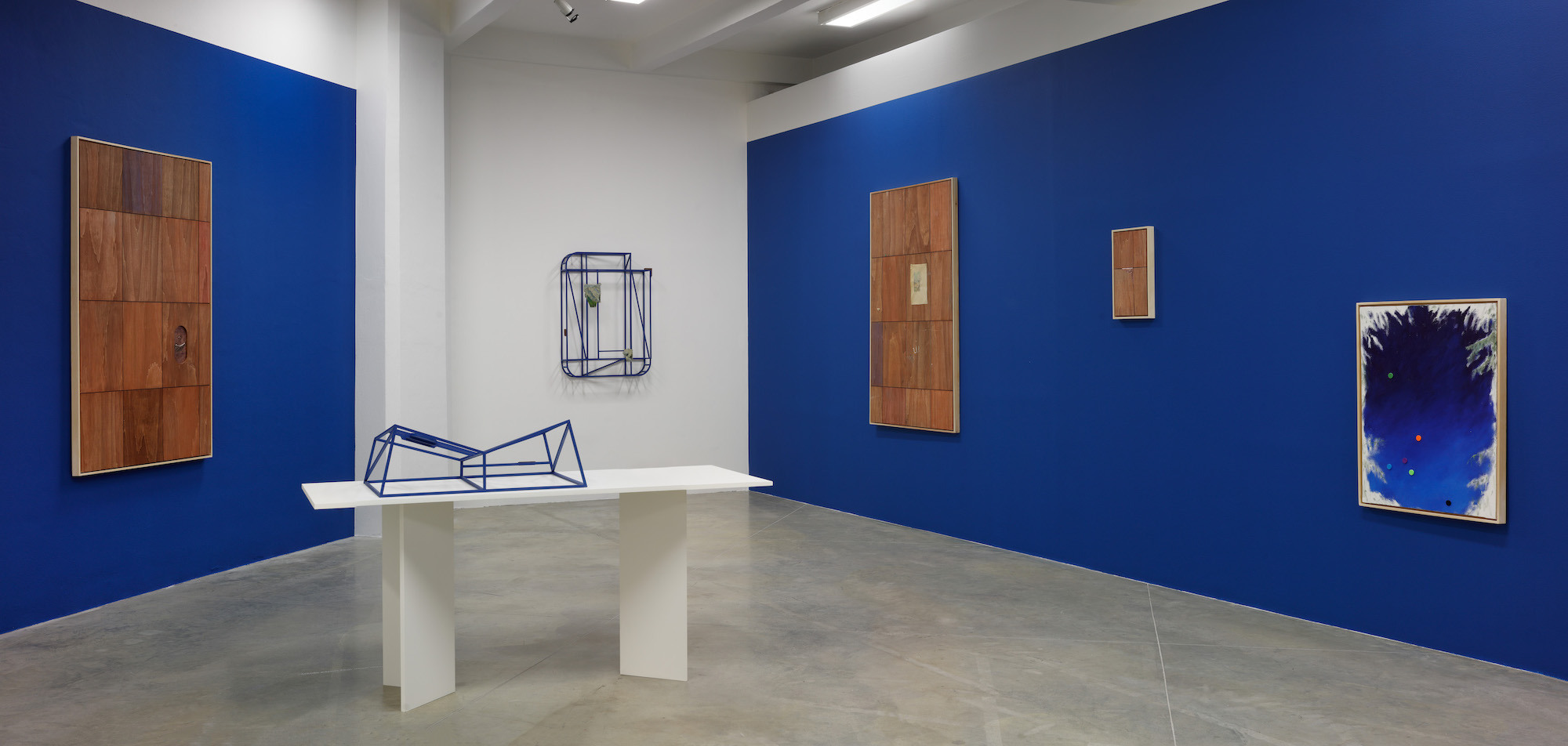
Exhibition view

Filip Dvořák, From Hallways of our School (series), 2022, mixed media, 103 x 165 cm (detail)

FD 12 Filip Dvořák, From the Locked Room Behind the Study, 2023, mixed media, 72 x 100 x 16 cm
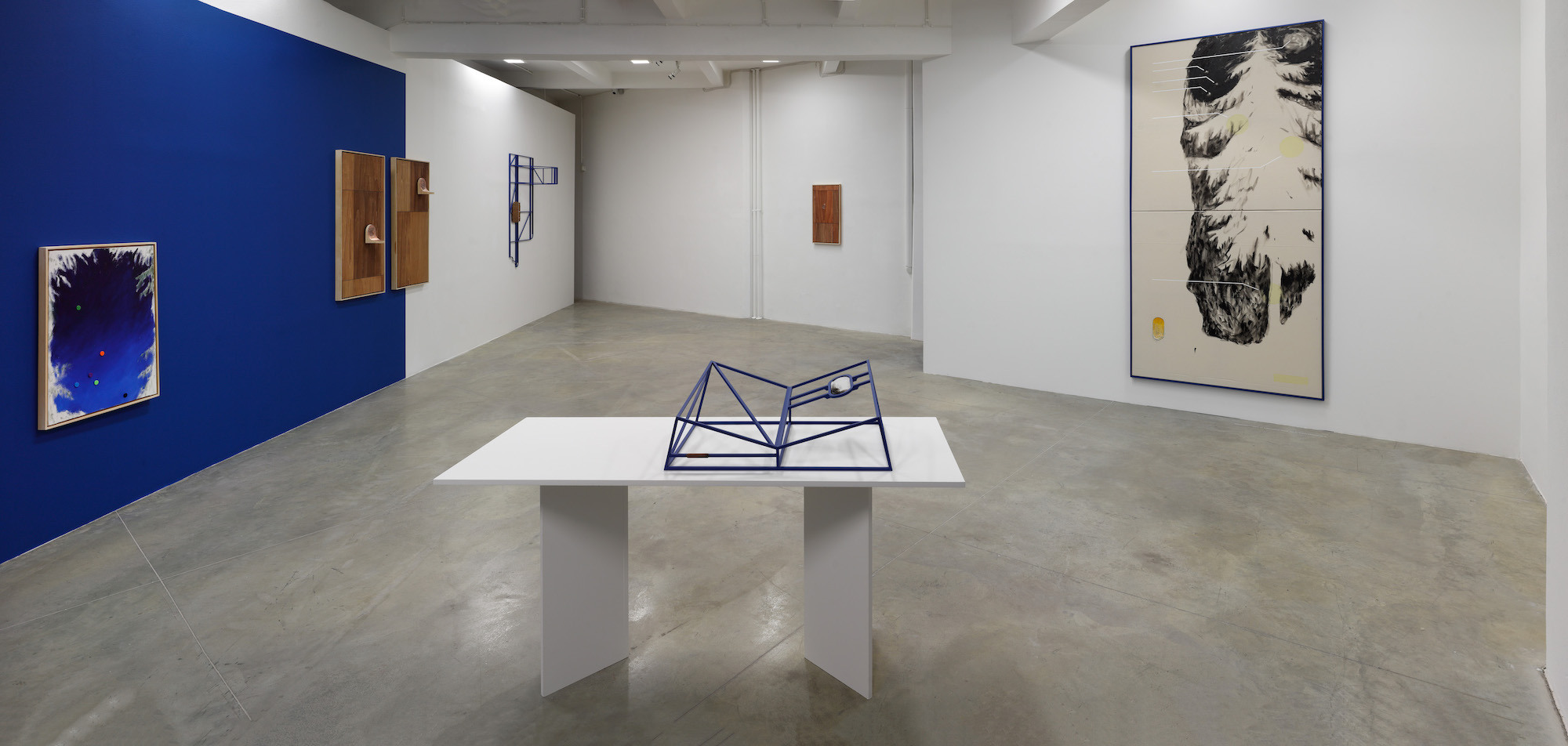
Exhibition view
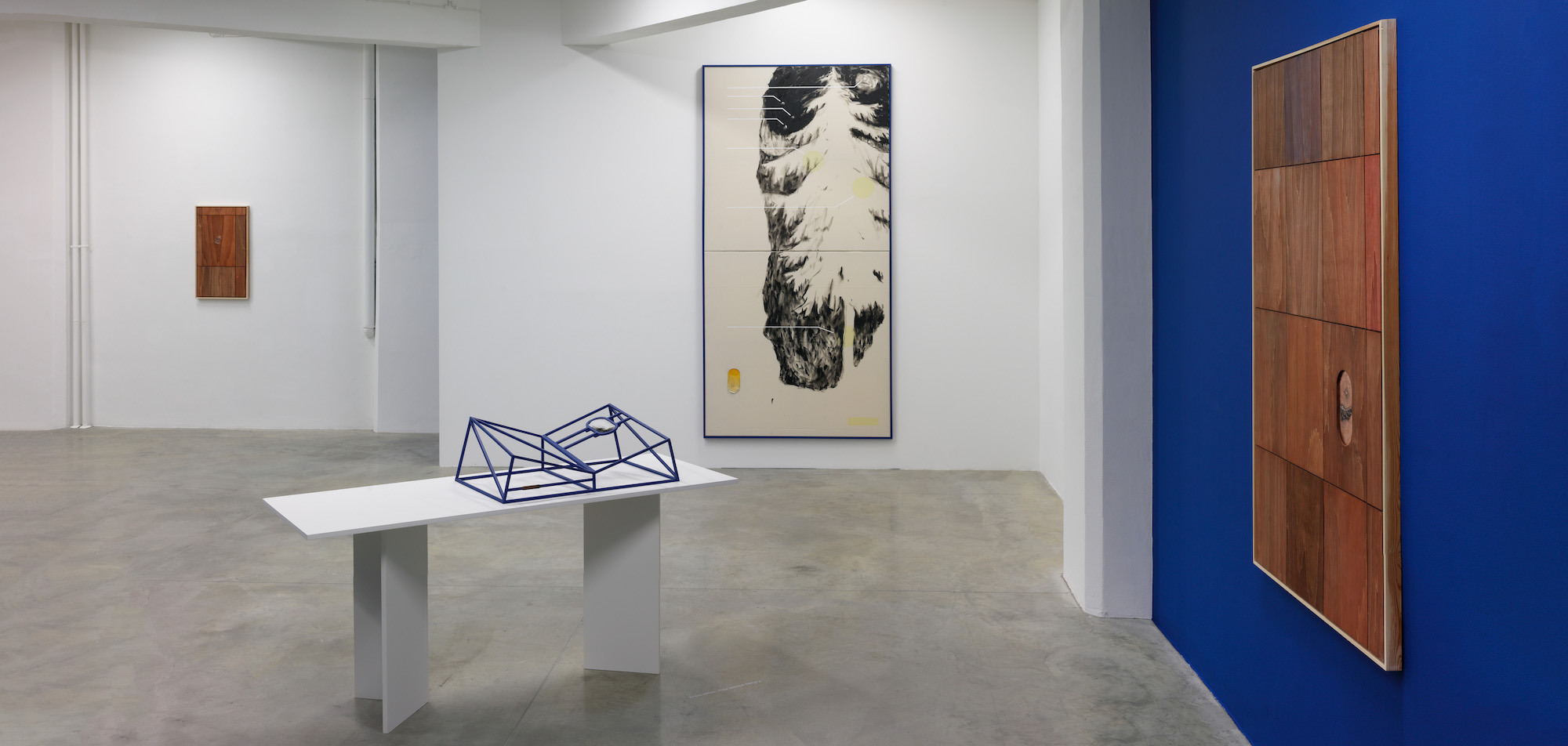
Exhibition view
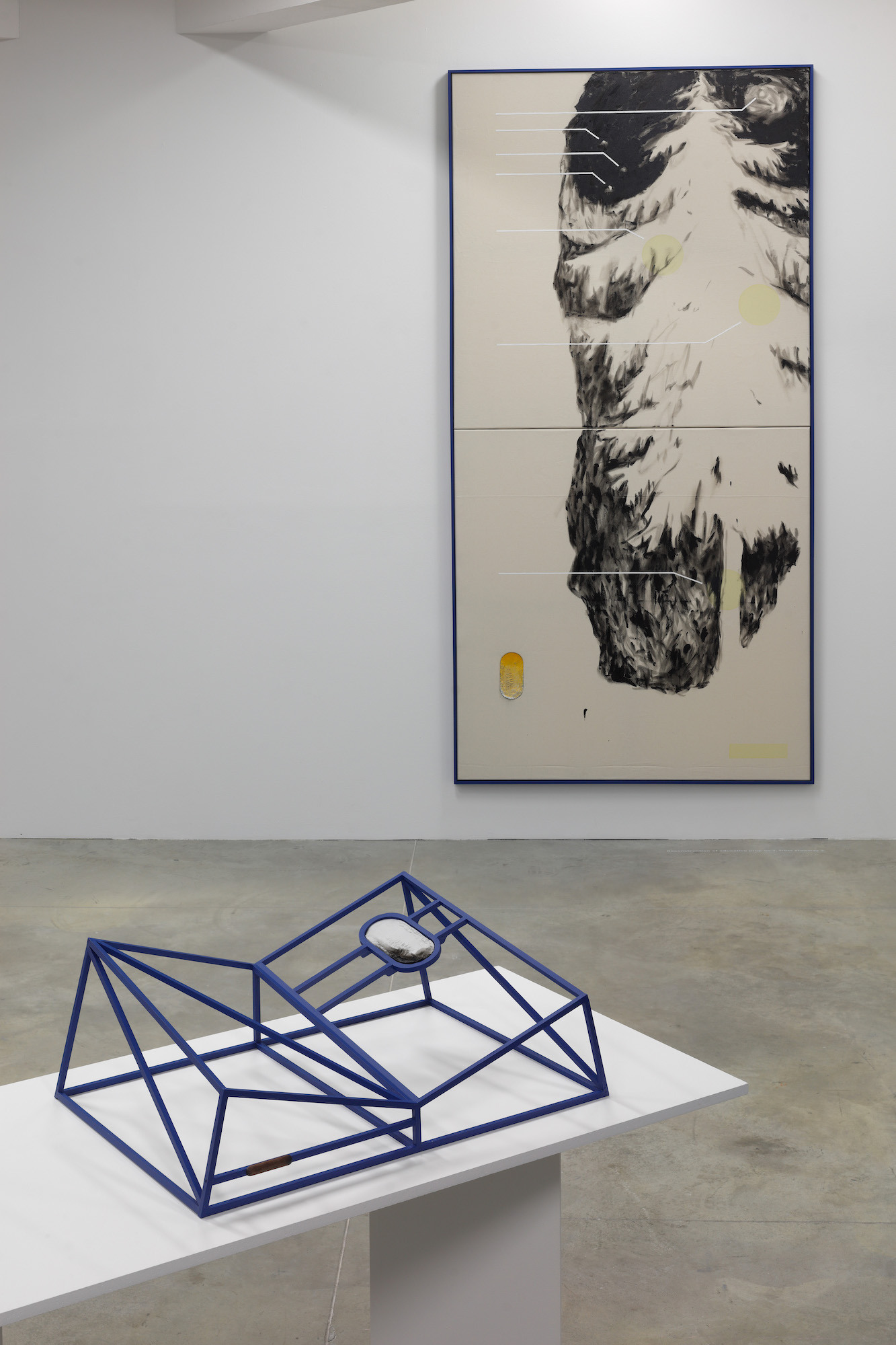
Exhibition view

Filip Dvořák, Reconstruction of Educative Prop no.2, from Stairway 3., 2023, mixed media, 137 x 272 cm

Filip Dvořák, Reconstruction of Educative Prop no.2, from Stairway 3., 2023, mixed media, 137 x 272 cm (detail)
The hole that wasn't there and now it is.
Filip Dvořák is a member of the young generation of Czech visual artists and his multimedia work naturally moves from the expanded character of painting and easel paintings through objects and installations to work with video and text. The fluid handwriting of his works stems from the wide scope of the artist's inspiration - Dvořák is fascinated by history, historical ornaments, nature and natural phenomena, speculative fictions and materials with their symbolic meanings. In his post-conceptual thinking we observe a deliberate form reduction and purity of craftsmanship in contrast to a strong emotional charge with a tendency towards a melancholic spectrum of feelings of transience, hope and expectation. He works in cycles, varying forms and motifs, searching for ideal versions and compositions.
The world is a ravine and the ravine is a world.
The solo exhibition The Ravine - The Room is a follow-up to Dvořák's Strž [Ravine] series with which he has been developing a short story of the same title since 2020. In this concise text, he describes the reality of a community living in a ravine that was created after an unexpected landslide. The hopes and aspirations of the inhabitants living in a confined space focus on the longed-for moment when the tree they look after together grows to such a height that they will be able to leave their home ravine and experience the reality of the world "up there". Like any heterogeneous community, they do not agree on everything. Attempts at dialogue are impossible in places, and views of the world obviously differ.
Dvořák's fiction abounds in symbolism, faith and hope, patience and expectation. The Ravine fable is a simple and easy-to-understand fantasy whose strength, impact and imagery lie in the reduction of the content, repetitions and historicizing lyricism. It is fully comprehensible in the textual version, yet it is the imaginative and fictional artefacts that create a deceptive sense of the existence of a parallel reality.
But there must be something there, surely.
There must be more.
The exhibition presentations of the imaginary world (Strž, 2020, Luxfer Gallery, Česká Skalice; Ravine Culture, 2021, Berlínskej model, Prague; Ve strži a jiné příběhy, 2022, GAVU, Cheb) are typified by an eclectic form through which Dvořák communicates the idea that the works have been produced by different artists. Past exhibition units consisted of traditionally rendered landscape paintings with romanticized views of a ravine, or objects and paintings depicting a tree as a symbol of growing hope. The handwriting of the works varied but they shared an interest in the reality of a different world.
In the current exhibition environment, Dvořák changes focus from macro to micro and centres, among other things, on fragments from one room of an unknown protagonist. Most of them are hanging objects - manipulated wooden tiles with hammered copper details. The individual parts of the Ravine are introduced by fictitious ready-mades and museum reconstructions of once presumably functional objects. The original form eclecticism becomes homogenized, referring at first glance to familiar historicizing forms and signs. We witness the gradual abandoning of ornament in favour of rigid geometry and quadratic patterns, elements of modernist architecture and design - somewhere between Josef Hoffmann, Charles Rennie Mackintosh and art nouveau. In combination with futuristic and at times dystopian speculation, the aesthetics of old museums or pseudo-educational elements, Dvořák explains the details and further develops the existence of the ravine community.
But maybe next spring, maybe next year
the branches will reach so close to the upper edge
that it will only take one small leap.
Michal Stolárik


